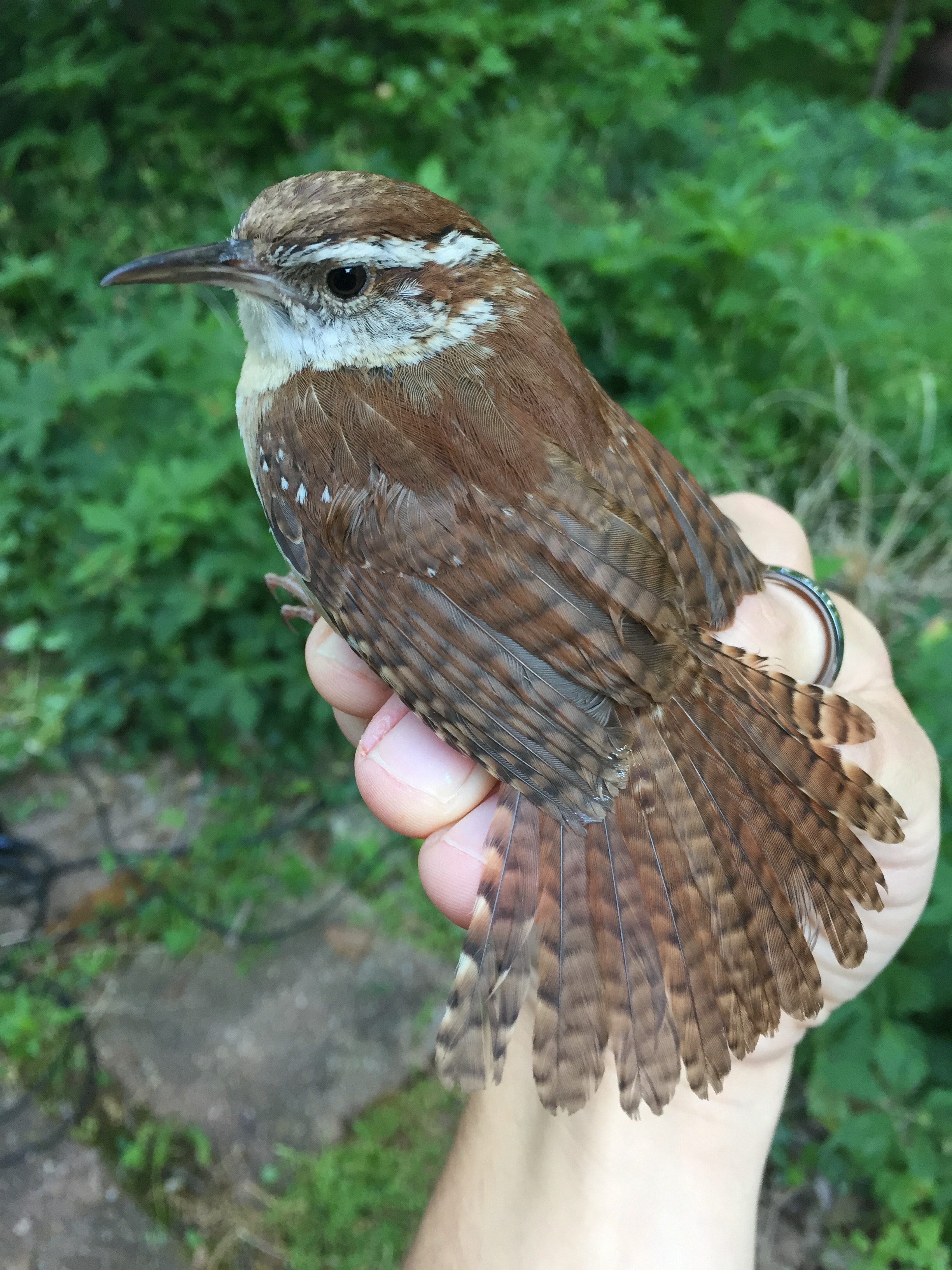 Dustin Reichard
Dustin Reichard
Associate Professor in the Department of Biological Sciences
Education
- B.A., St. Mary's College of Maryland
- Ph.D., Indiana University
- National Science Foundation Postdoctoral Fellowship, University of California, Davis
About
Dustin Reichard teaches a variety of classes in Organismal Biology, Evolution, and Animal Behavior. His research focuses broadly on the evolution of animal behavior with a particular emphasis on birds. He investigates research questions related to why behaviors are adaptive and beneficial to the organism (ultimate reasoning) as well as understanding the hormonal mechanisms that cause organisms to behave in a particular way (proximate reasoning).
Historically, Dr. Reichard's work focused on animal communication, specifically understanding the forces that shape the structure of birdsong and how birds use song to convey information during social interactions. In addition, he investigated how circulating hormone levels affect singing during social interactions, and in turn, how those same interactions feedback to change hormone levels after the interaction ends.
More recently, his lab's focus has shifted somewhat to investigating how parents respond to predatory threats at their nest, and he has also leveraged large publicly available datasets to investigate questions over longer time scales. These studies are mostly conducted in the field with free-living songbirds, predominantly Dark-eyed Juncos, House Wrens, and Carolina Wrens. For more details, please check out some of the publications listed below (*denotes an OWU undergraduate co-author) or reach out to Dr. Reichard directly.
Areas of Interest/Expertise
- Evolutionary Biology
- Ornithology
- Animal Behavior
- Behavioral Endocrinology
Recent Media
Selected Publications
- Fornara, J.H.*, Hambric, L.C.*, Anderson, L.J. and Reichard, D.G. 2024. Camera traps reveal two novel predators of Black-throated Sparrow (Amphispiza bilineata) nests but limited support for the nest concealment hypothesis. The Wilson Journal of Ornithology 35(4): 593-599.
- Amer, A.*, Spears, S.*, Vaughn, P.L.*, Colwell, C.*, Livingston, E.H.*, McQueen, W.*, Schill, A.*, Reichard, D.G., Gangloff, E.J. and Brock, K.M. 2023. Physiological phenotypes differ among color morphs in introduced populations of the common wall lizard, Podarcis muralis. Integrative Zoology doi.org/10.1111/1749-4877.12775
- Turner, A.M.*, Hauber, M.E., and Reichard, D.G. 2022. Twenty-two years of brood parasitism data do not support the mafia hypothesis in an accepter host of the brown-headed cowbird (Molothrus ater). Journal of Field Ornithology 93(4):4.
- Keating, H.R.* and Reichard, D.G. 2021. Seasonal song variation in male Carolina Wrens (Thryothorus ludovicianus). The Wilson Journal of Ornithology 133: 365-371.
- Reichard, D.G., Atwell, J.W., Pandit, M.M., Cardoso, G.C., Price, T.D., and Ketterson, E.D. 2020. Urban birdsongs: higher minimum song frequency of an urban colonist persists in a common garden experiment. Animal Behaviour 170: 33-41.
- Eggleston, K.A.*, Schultz, E.M. and Reichard, D.G. 2019. Assessment of three diet types on constitutive immune parameters in captive budgerigar (Melopsittacus undulatus). Journal of Avian Medicine and Surgery 33(4): 398-405.
- Reichard, D.G., Brothers, D.E.*, George, S.E.*, Atwell, J.W., and Ketterson, E.D. 2018. Female Dark-eyed Juncos (Junco hyemalis thurberi) produce male-like song in a territorial context during the early breeding season. Journal of Avian Biology 49: jav-01566.
- Reichard, D.G. and Anderson, R.C. 2015. Why signal softly? The structure, function and evolutionary significance of low-amplitude signals. Animal Behaviour 105: 253-265.
- Rosvall, K.A., Reichard, D.G., Ferguson, S.M., Whittaker, D.J., and Ketterson, E.D. 2012. Robust behavioral effects of song playback in the absence of testosterone or corticosterone release. Hormones and Behavior 62(4): 418–425.
- Reichard, D.G., Rice, R.J., Vanderbilt, C.C., and Ketterson, E.D. 2011. Deciphering information encoded in birdsong: male songbirds with fertile mates respond most strongly to complex, low-amplitude songs used in courtship. The American Naturalist 178(4): 478–487.


 Dustin Reichard
Dustin Reichard